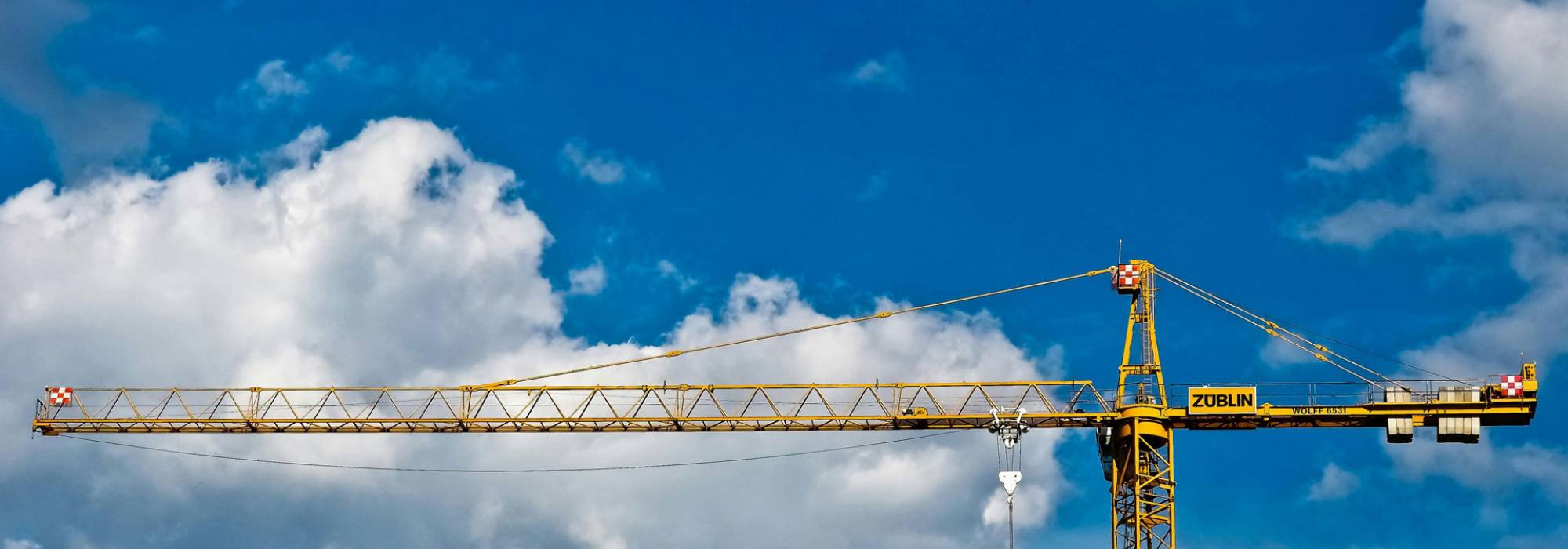Requirements
Please submit your application at least 2 weeks in advance for cranes operating up to 45 metres above ground level within 6 kilometres of Cambridge City Airport and at least 10 weeks in advance for cranes operating higher than 45 metres above ground level within 6 kilometres.
This allows time for an initial assessment to be carried out and any potential permit problems to be discussed.
The permit application requires the following operational information:
- Type of equipment being used
- Precise location
- Maximum operating height (including the ‘at rest’ jib height for a luffing crane) above ground level (AGL)
- The height above sea level at the precise location
- Jib length (where appropriate)
- Dates, days and times of operation
- Applicants, company and contact details
- On site operator name and contract telephone number (for emergencies)
- Invoicing information for the permit administration and assessment charges
Cambridge City Airport
The airport safeguarding team will carry out an initial assessment of each submission which will show whether the permit can be issued as requested, if restrictions are required to heights or operating days/hours or if further external assessments need to be carried out. If a further external assessment has to be carried out (normally due to location and a height over 45 metres above ground level), this may take up to 8 weeks to complete and carries a cost in addition to the permit. It is recommended that such applications are made at least 10 weeks in advance.
The UK Civil Aviation Authority (CAA)
All cranes operating within 6 kilometres of an aerodrome and is above a height of 10 metres AGL should be notified to the CAA via their ACOMS portal. This requirement does not remove the requirements detailed in the introduction, you must still submit your application to the Airport.
Permission to operate
Once the details of the application to the aerodrome have been considered it will be determined whether the operation can proceed and if any restrictions need to be applied.
These are likely to be but are not restricted to:
- Obstacle lighting
- Restrictions to the operating times
- Restrictions to the operating days
- Restrictions dependant on the runway in use
- Restrictions to operating height
- Restrictions during poor visibility (eg. fog or low cloud)
Once these restrictions have been agreed then a crane and tall equipment permit will be issued. The permit will be logged into the aerodrome’s tracking system, a reference copy retained within the aerodrome operations office and a copy to the operator.
The operator must ensure that a copy of the permit is available on site with the crane for the duration of its operation and must be produced if requested by a member of the Cambridge City Airport operations team, a CAA official or a Police Officer.
Conditions
- When the design of the equipment allows, it should be lowered when not in use or when requested by an airport official. If it cannot be lowered, it may be necessary for the jib to be parked in a specific location or direction when not in use
- Obstacle lighting will be in accordance with the requirements of CAP 1096 Guidance to Crane Users on Aviation Lighting and Notification
- The permit will confirm the above items plus any further condition placed on the operation which must be complied with. Failure to do so may lead to the permit being withdrawn and the work being carried out to be stopped until such time as the conditions are adhered to

Guidance material
The following may be referred to for guidance on the operation of cranes and other tall equipment in the vicinity of an aerodrome.

